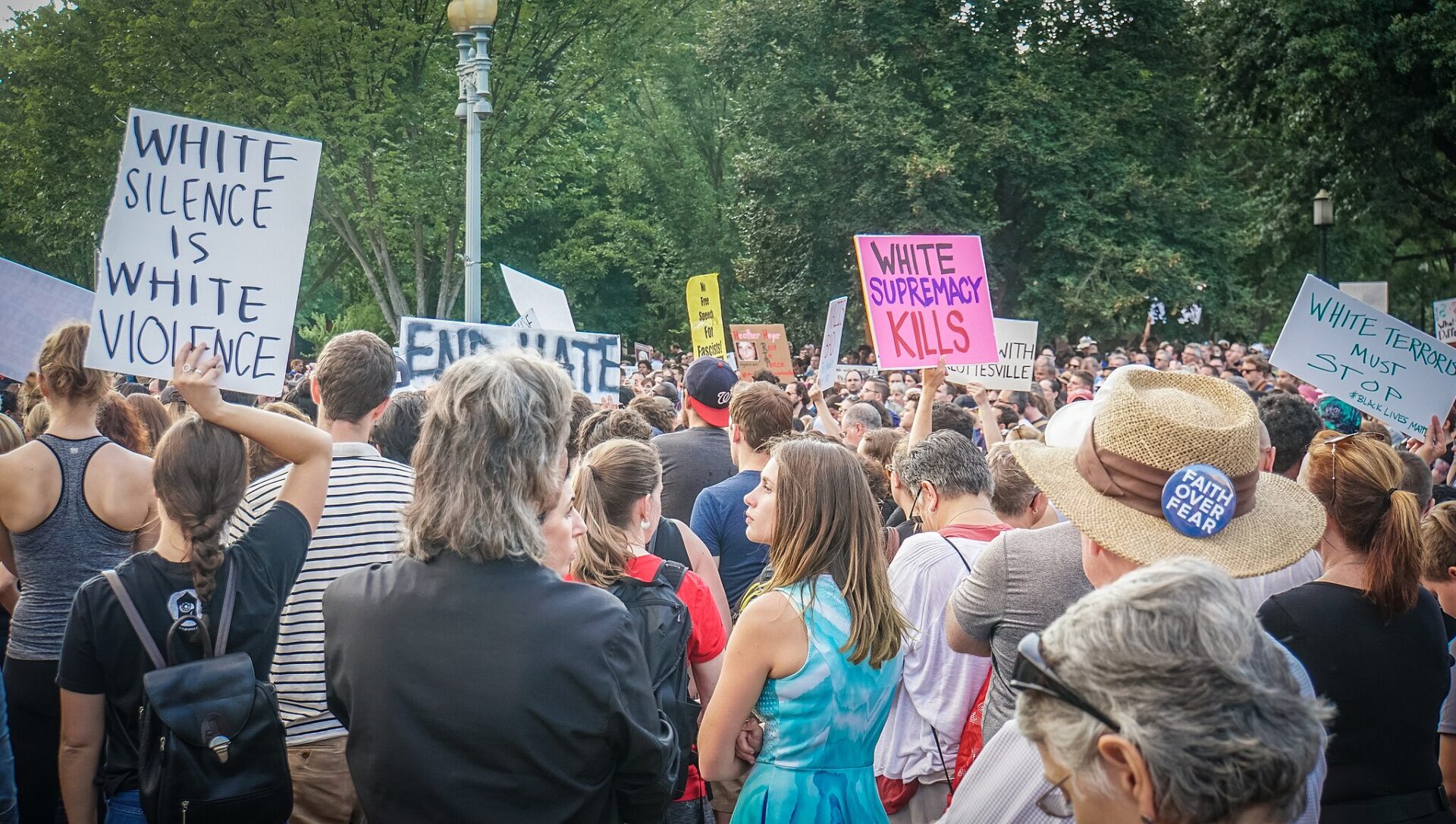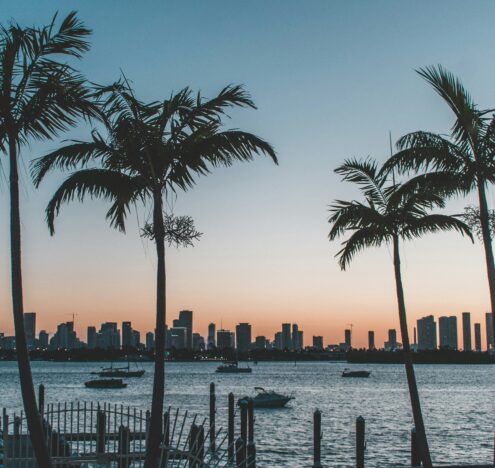“From the October 2018 mass shooting at the Tree of Life synagogue in Pittsburgh, Pennsylvania, to the April 2022 bombing of the Sufi Khalifa Sahib mosque in Kabul, Afghanistan, religious minority sacred spaces are a conspicuous target of societal violence.”
So opens “Diversionary desecration? Regime instability and societal violence against minority sacred spaces,” a new paper by Ariel Zellman and Andrea Malji, published in Politics, Religion, & Ideology. The authors undertook quantitative analysis to explore the link between severe violence carried out against minority sacred spaces and increased regime instability, especially in democratic states, where religious freedoms are traditionally supported (the authors also note that societies don’t actually need to be “particularly fractionalized or experiencing war” for religious minorities to be targeted).
“Our findings,” they write, “suggest that the most violent outcomes tend to be diversionary, redirecting public anger toward internal ‘enemy’ others, rather than reactionary or retaliatory behavior toward already persecuted or genuinely threatening out-groups.”
In order to carry out this study, the authors used “data regarding the governmental and societal treatment of 701 individually measured religious minority groups across 162 states from 1991 to 2014 drawn from the Religion and State project’s Minorities module (RASM).” And statistical analysis by and large bore out what they had hypothesized: “the increasing extent to which higher levels of violence against minority sacred sites reflect diversion of societal unrest amid regime instability, rather than reactionary attitudes toward oppressed minorities or perhaps even retaliation for minority incitement.”
Crucially, higher levels of violence tended to be associated with democratic states where the dominant religion was strongly supported. The authors also stress the difference between violence against religious sites of minority populations and violence against the minority populations themselves.
Drawing on the pre-existing literature, the authors devised a theory as to the difference between minor and major violence and when violence is reactionary, retaliatory, and diversionary: Minor vandalism of minority sacred sites tended to be reactionary, and major vandalism and minor violence was often retaliatory. However, “major violence targeting minority sacred sites, however, is most often diversionary, occurring especially in more religious states against the backdrop of rising regime instability, wherein societal actors employ such violence opportunistically as a tool of religious outbidding to claim power and legitimacy.”
And this was what they turned to the data from RASM to test, using multinomial logistic regressions. While much of what they found matched conventional wisdom, “Less conventional are our nuanced findings regarding major violence targeting minority sacred sites. Herein our results show that such violence is very frequently driven by diversionary rather than mere retaliatory dynamics.”
The authors believe that this work has important policy implications (beyond the “obvious suggestion” that states respect the rights of all populations: “The ability to protect and preserve cultural heritage sites is directly tied to state discrimination, that is, states willing to discriminate against their religious minorities are also unlikely to protect their heritage sites.”





















